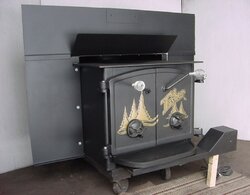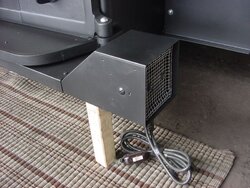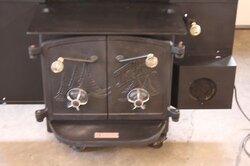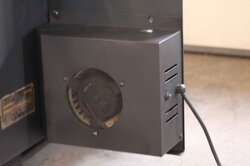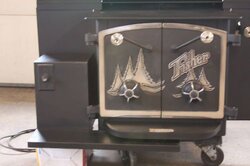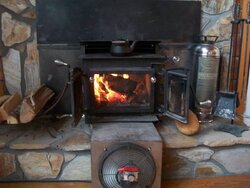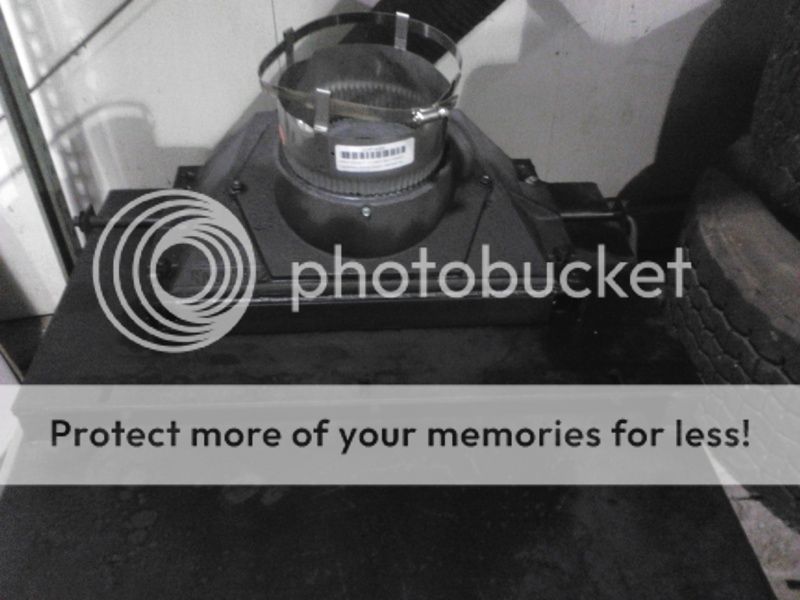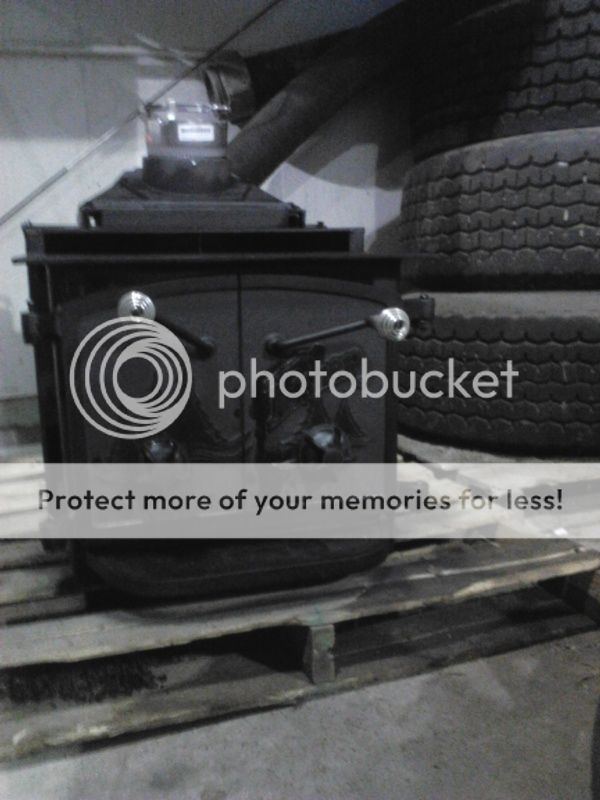There is no collar on top of the Insert. Picture below;
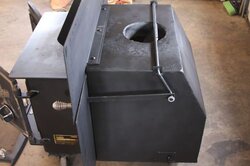
You have an air space on the sides of the firebox, just like the bottom, it's just not open in the front anywhere to blow air in. The faceplate goes up against the opening. The above picture shows the larger box around the internal firebox in the rear that sits in the hearth. OPening up slots next to the firebox allows a surface mounted fan to blow into the sides.
Don't know of a way to make sure there are no air leaks into flue other than a smoke bomb in the stove (cold) chimney capped, and check with flashlight for smoke at a joint. Maybe someone else knows the right way, if there is one.
The front hearth block off plate should have a little insulation with no paper backing between the plate and hearth face lie a gasket to prevent inside air from leaking up around the flue liner. This is what Pen was referring to.
My reference to the way they were intended to be installed with no liner may have you confused. With no liner, the rising gasses simply exit the stove, and rise through the fireplace smoke chamber and past the fireplace damper and up the chimney like a fire in the hearth without an Insert. In this case, any air leakage between the faceplate and hearth face results in inside air being pulled AROUND the Insert and not THROUGH the Insert (not through the air intake and through the stove). This indoor cooler air chills the hot rising gasses killing the draft. Hence, poor operating stove when not sealed to the hearth face. You get the same result if you have an air leak into the flue liner. Clear as mud?
Woodman's numbers for bottom air inlet;
212 CFM Model A212 centrifugal blower with inline speed control ILS-3-8
There is also temp switch available to turn on blower at 205* f and off at 175* f. # BSK (The thermo switch is a snap disc type that needs to be behind the faceplate above the Insert. You can fine tune it by adjusting farther away from Insert top)
Your installation of how much hearth floor sticks out like a shelf in front of Insert depends on length of single piece of thin duct from blower housing to space under Insert.
Also available at Amazon;
http://www.amazon.com/Centrifugal-Blower-Volts-Fasco-A212/dp/B000BUGFKS Speed control on same page.
 ! Not sure why its not working, I know what these stoves are capable of. Any tips or ideas,and will a blower help me out. And does any one know where I can find a blower. Oh yea I'm burning oak cherry and ash.
! Not sure why its not working, I know what these stoves are capable of. Any tips or ideas,and will a blower help me out. And does any one know where I can find a blower. Oh yea I'm burning oak cherry and ash. ! Not sure why its not working, I know what these stoves are capable of. Any tips or ideas,and will a blower help me out. And does any one know where I can find a blower. Oh yea I'm burning oak cherry and ash.
! Not sure why its not working, I know what these stoves are capable of. Any tips or ideas,and will a blower help me out. And does any one know where I can find a blower. Oh yea I'm burning oak cherry and ash.

